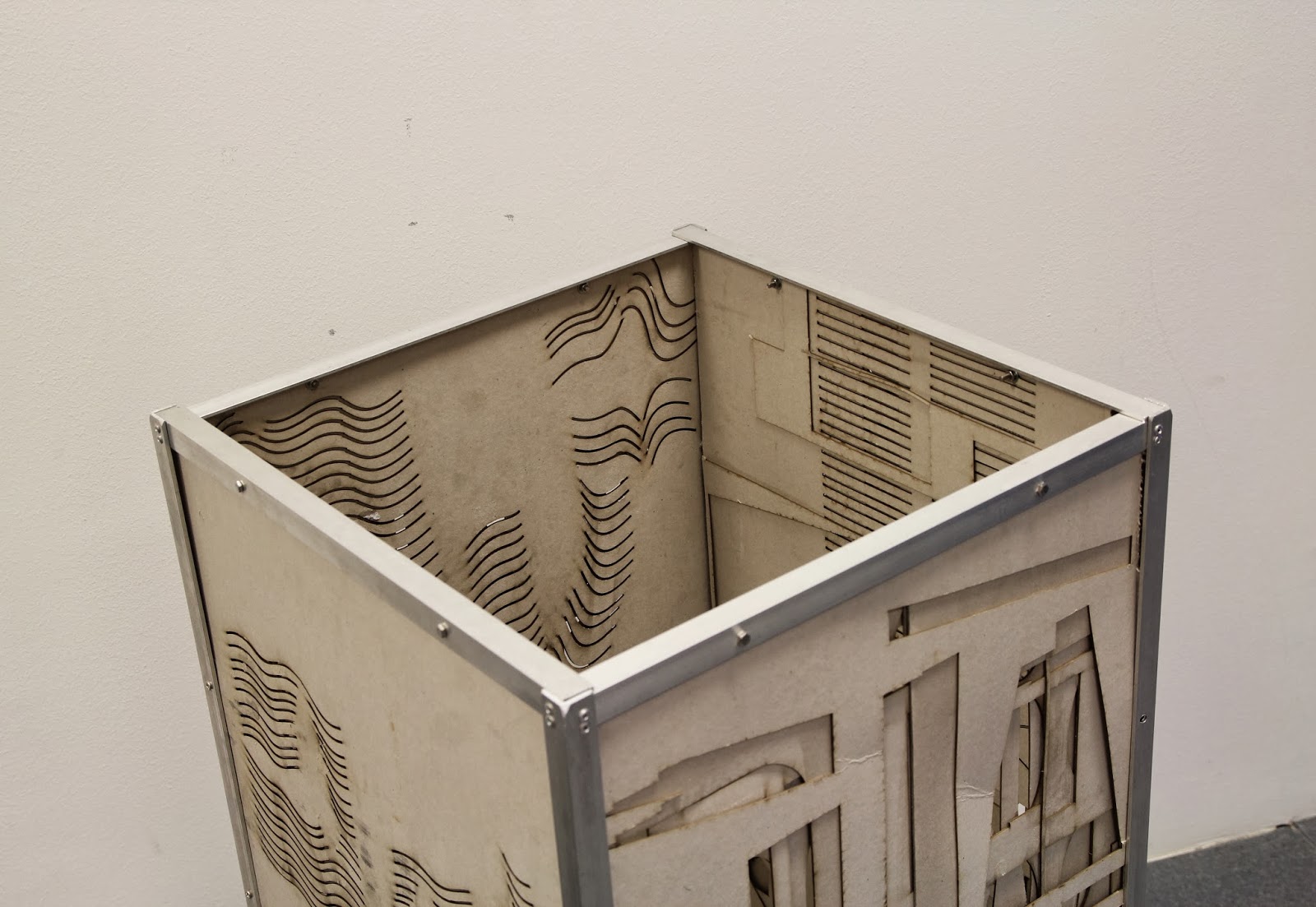Hej!
I recently participated in the IKEA
Young Designer's Award 2014 (http://www.singapore-ikea.com/yda/index.php) and got into the finals! Here is a
glimpse into the concept and prototype of IKEA TEGEL:
IKEA TEGEL is a modular furniture
concept. Users stack rectangular TEGEL Bocks, which come in various
sizes, on top of each other to form anything from a bookshelf to a TV
stand to a shoe rack in any size they want. Furniture designed with
TEGEL can also curve around corners and funny edges, depending on how
you orient the blocks. The smaller TEGEL blocks are also sturdy
enough to be abused as stools and foot rests!
Each block is made out of 18mm melamine
coated plywood and finished off with white PVC edge banding. The
blocks all have a standardized depth of 25 cm (enough for most
books), but vary in height and length.
Each TEGEL bock is simple to put
together. A simple butt joint connects the top, bottom and sides of
the block (2 screws per joint) and is reinforced with a flat L
bracket that sits flush against the surface. The L bracket should
ideally be made out of steel but I settled for laser cut 5mm acrylic
for the prototype instead as flat L brackets are hard to find in the
right size and expensive.
Altogether, I made 21 TEGEL blocks of
varying sizes, cutting 366 grooves for the L brackets, drilling 1176
holes and screwing 504 screws. The entire manufacturing process from
cutting the plywood (supplied in long planks) to edge banding and
cleaning took 7 days and cost about $250.
To bring the idea of TEGEL further, I
also conceptualize 'special' blocks that would include features such
as lighting (for plants, a small fish tank or for display pieces) and
a glass cabinet door so that people can really play around with the
concept of modular furniture! What's even better about TEGEL is that
it can be rearranged, making it highly reusable and environmentally
friendly.
The TEGEL blocks are on exhibition at
IKEA Tampines (2nd Level) from the 21st of
March to the 3rd of April 2014. Please VOTE for the best
design!
To Vote:
Video Link:
 |
| Courtesy of IKEA Singapore |
 |
| Courtesy of IKEA Singapore |
IKEA TEGEL. Design your own furniture.
































